There’s nothing quite like that moment when your dog looks at you with complete trust, their tail wagging with pure joy. That special connection doesn’t happen overnight – it’s built through countless small interactions, each one strengthening the bond between you and your furry companion. What you might not know is that there’s a scientifically proven method to accelerate this beautiful relationship: positive reinforcement. This approach isn’t just about training tricks or commands; it’s about creating a language of love and respect that transforms how you and your dog communicate forever.
Understanding the Science Behind Positive Reinforcement
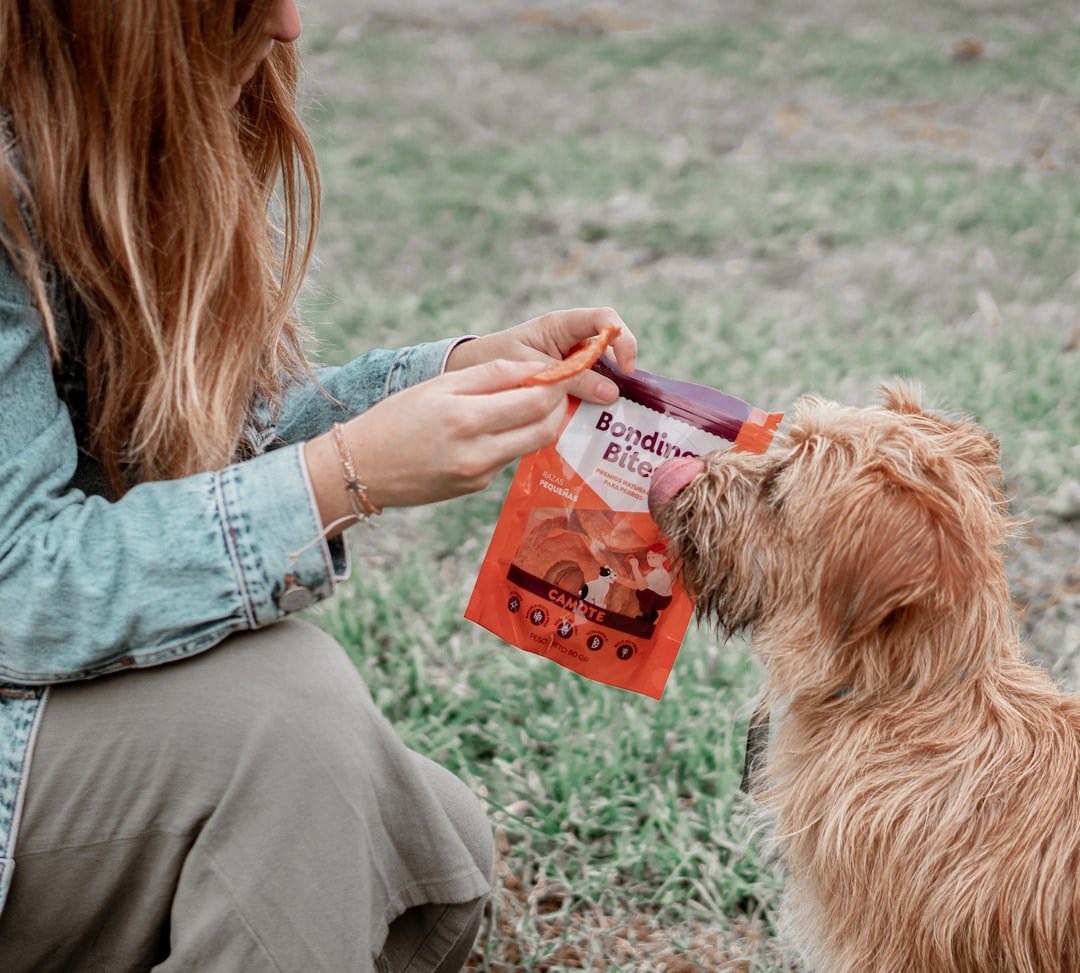
When we talk about positive reinforcement, we’re not just sharing feel-good advice. Science shows that dogs trained with positive methods display fewer stress behaviors and develop stronger bonds with their owners. Think of it like this: every time you reward your dog’s good behavior, their brain releases dopamine – the same hormone that makes us feel happy and motivated.
When dogs receive treats or praise, their brains release dopamine, creating pleasurable neurochemical pathways that make behaviors more ingrained over time. This isn’t just theory; researchers have found measurable differences in stress hormones between dogs trained with positive methods versus those subjected to punishment-based approaches. Your dog literally feels better when you choose kindness over correction.
Why Punishment-Based Methods Actually Harm Your Bond
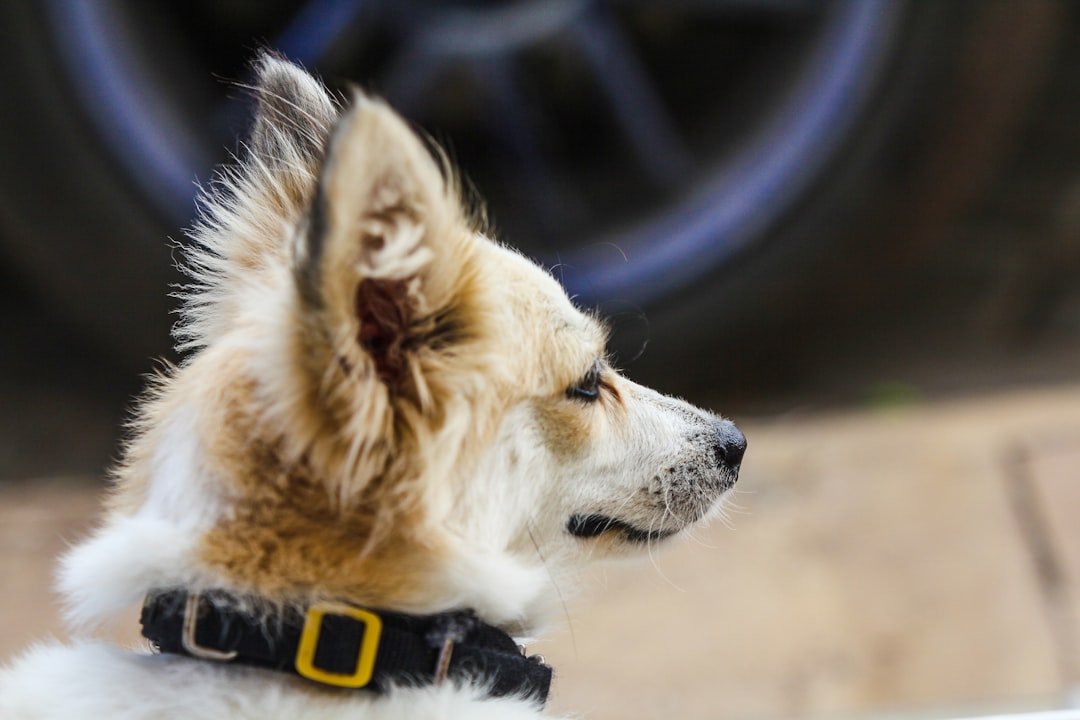
Here’s something that might shock you: studies found that dogs trained using aversive methods were significantly more likely to show stress symptoms, with research consistently showing higher rates of stress-related behaviors compared to positive reinforcement groups. Those numbers tell a heartbreaking story about what happens when fear becomes the foundation of training.
Even more concerning is what happens to the relationship itself. Dogs trained with punishment-based methods gaze less at their owners, suggesting fewer social interactions and reduced attention – making training even more challenging. When your dog stops looking to you for guidance, you’ve lost something precious that’s incredibly difficult to rebuild.
The Magic of Timing: When Rewards Make All the Difference
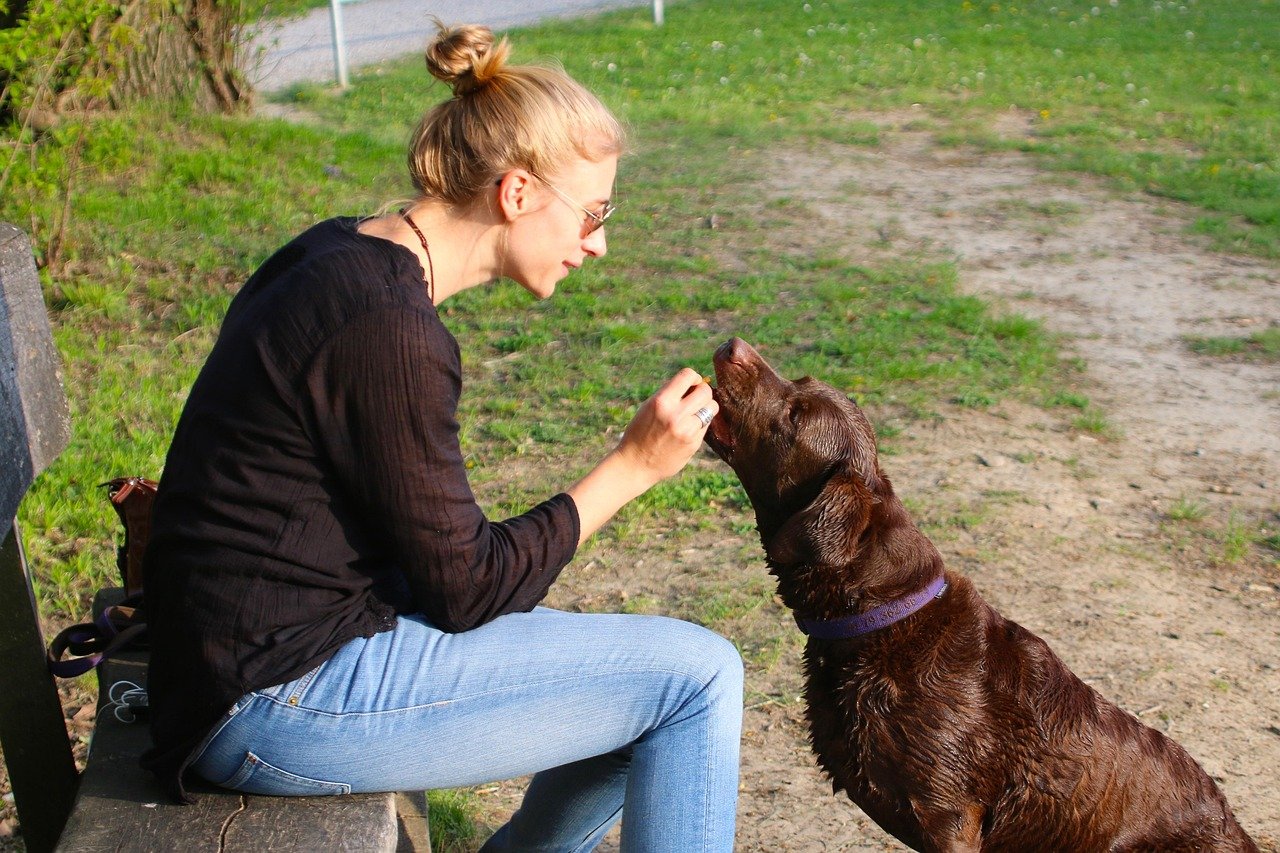
For positive reinforcement to work effectively, rewards must be given immediately after the desired behavior to help dogs make clear connections between actions and positive outcomes. Imagine trying to learn a new skill where someone only told you “good job” hours later – confusing, right? Your dog experiences the same confusion when timing is off.
The secret is becoming a master of the moment. When your dog sits, the treat needs to appear within seconds, not after you’ve finished your conversation or found your treat bag. This precise timing creates what trainers call a “learning loop” – your dog performs the behavior, receives immediate feedback, and files that information away for future use. Practice this timing with simple commands first, then gradually work up to more complex behaviors.
Building Trust Through Interactive Play and Games
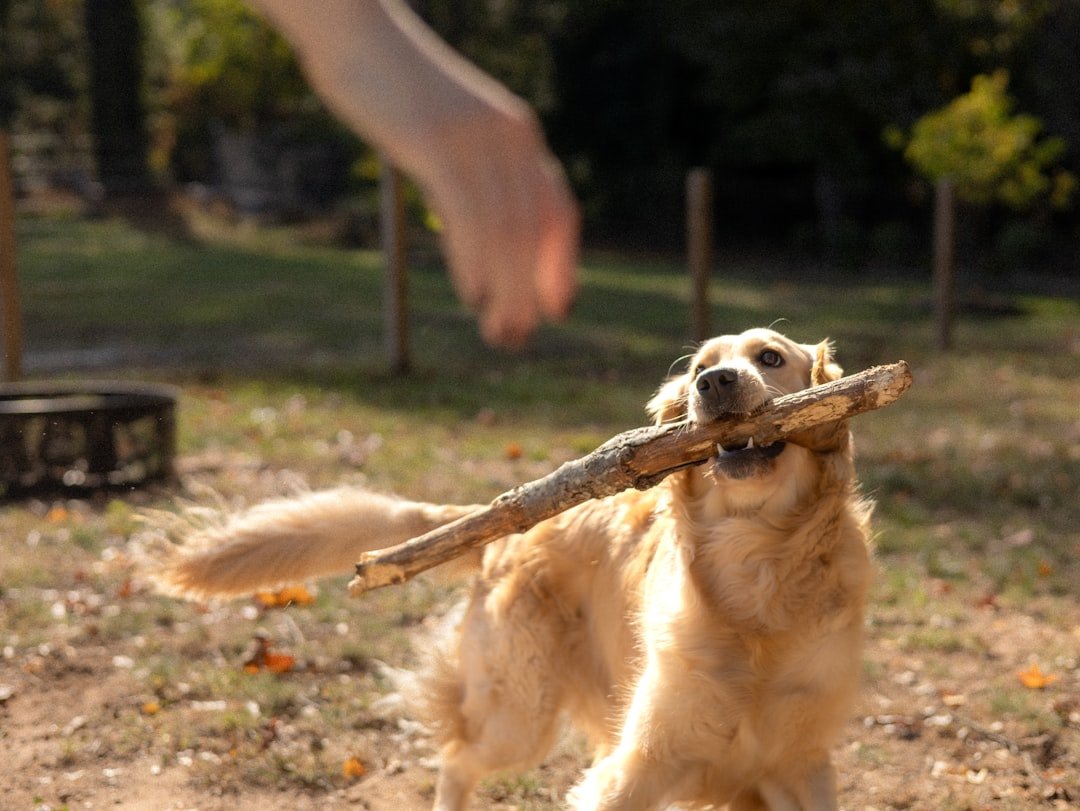
Interactive games strengthen trust and understanding between dogs and their owners, helping both understand each other’s body language and signals while building respect. Games aren’t just fun – they’re trust-building exercises disguised as entertainment. When you play tug-of-war and let your dog win occasionally, you’re teaching them that interactions with you lead to positive outcomes.
Creating obstacle courses builds confidence and trust as you work as a team, and helping your dog through challenges strengthens your bond. Start with simple challenges like walking over a sheet or around a cone, always celebrating their bravery with enthusiastic praise. These shared victories create memories that reinforce your partnership long after the game ends.
Creating Consistency That Builds Security
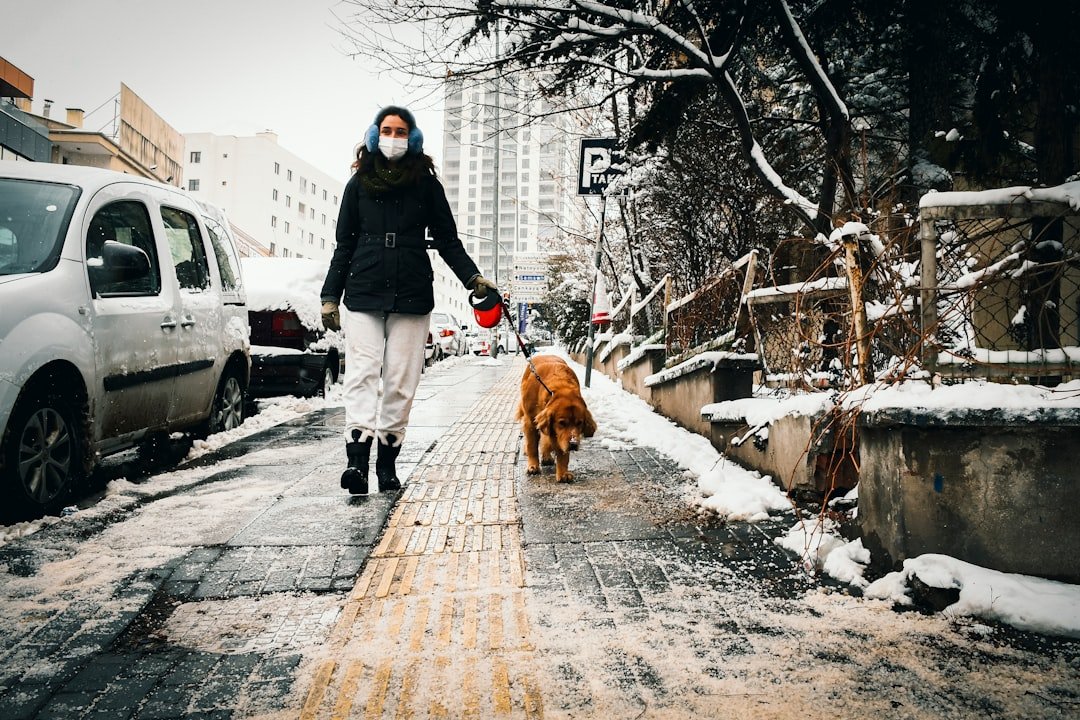
Consistency promotes predictability, which fosters trust through maintaining regular routines for feeding, walks, and play sessions. Dogs are creatures of habit who find comfort in knowing what comes next. When you feed them at the same time each day or follow the same walking route, you’re providing emotional stability that strengthens your bond.
Think about your own life – don’t you feel more secure when you know what to expect? Your dog craves that same predictability. Consistency in training requires that all family members use the same commands and rewards to avoid confusion. This means having family meetings about dog training, not just hoping everyone will figure it out. When everyone speaks the same “language” to your dog, trust builds faster because expectations remain clear.
Quality Time: Beyond Basic Training Sessions
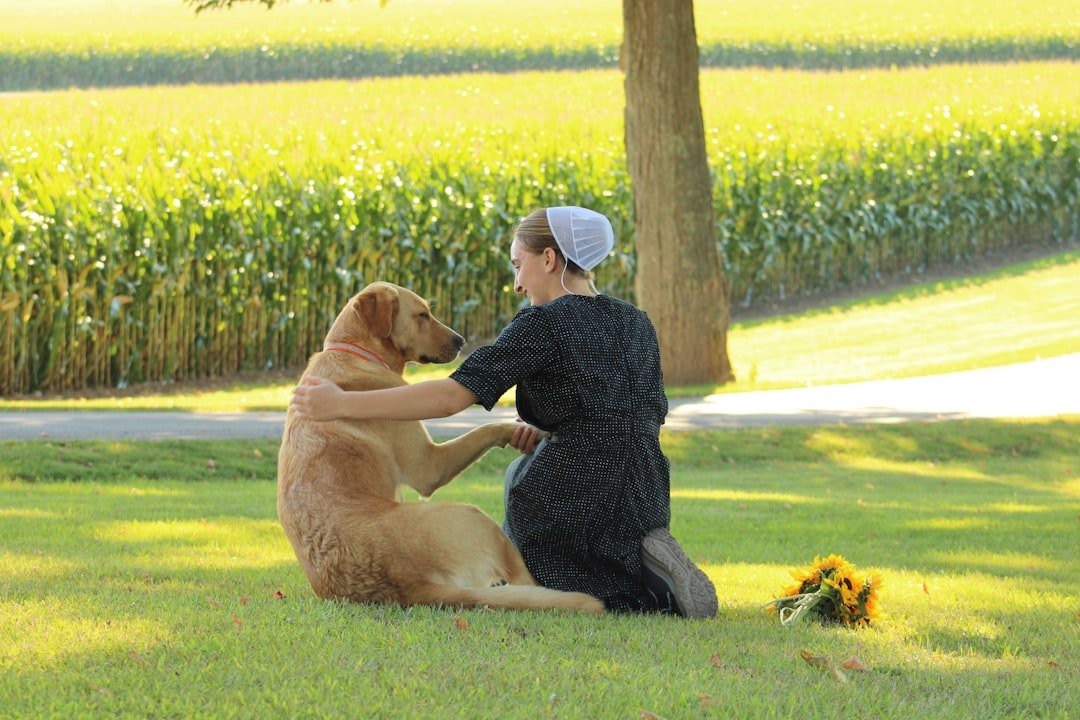
Spending time exercising, playing games, training, and relaxing together creates opportunities to build trust and develop mutual understanding through shared positive experiences. Your dog doesn’t just want your attention during training sessions – they crave meaningful connection throughout the day. This might mean sitting together quietly while you read, or including them in household activities where appropriate.
Physical contact like snuggling on the couch or belly rubs creates a sense of safety and comfort, showing dogs they’re important members of the family pack. These quiet moments often build stronger bonds than formal training sessions because they’re based purely on affection and companionship. Notice how your dog seeks out these connections – they’re telling you exactly what they need to feel secure and loved.
Reading Your Dog’s Body Language and Respecting Boundaries
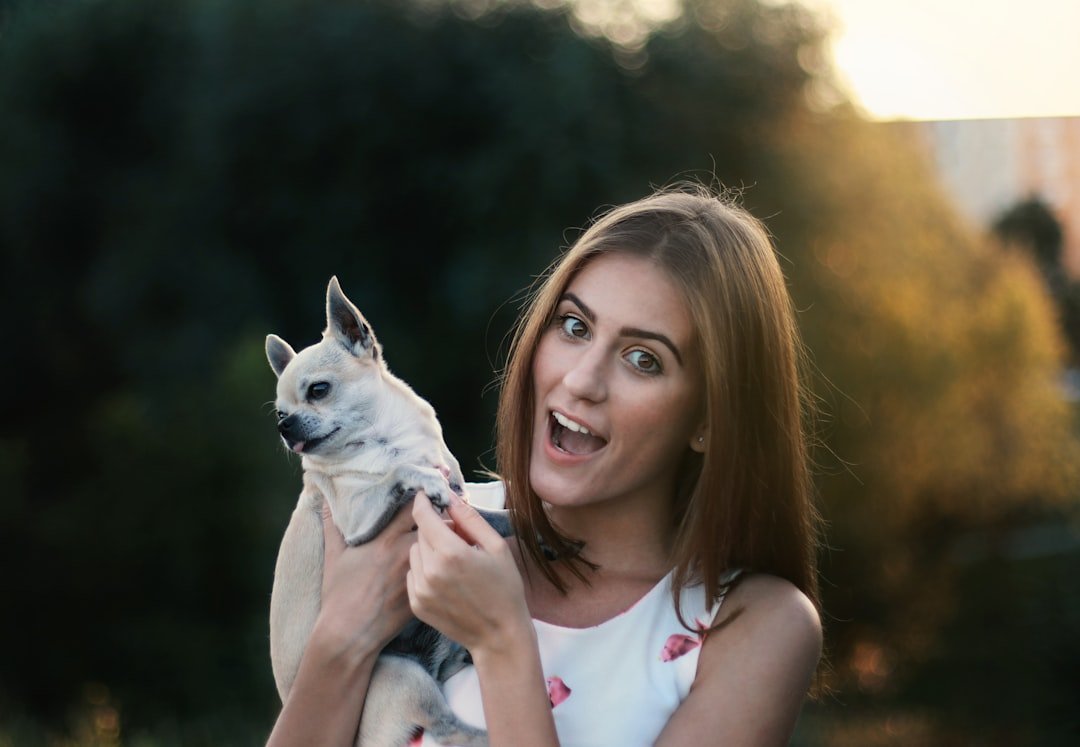
Using the “consent test” – petting for three counts then stopping to see if your dog leans in for more – helps build trust by showing you listen to their body language and don’t overwhelm them. This simple technique revolutionizes how you interact with your dog because it puts them in control of the interaction.
Learning to read subtle signs of stress or discomfort prevents your dog from feeling trapped or anxious during interactions. Allowing dogs to retreat when they need space builds trust because they know they can count on you not to overwhelm them. When your dog realizes they have agency in your relationship, their confidence grows exponentially, making them more willing to engage positively in the future.
Long-Term Benefits That Last a Lifetime
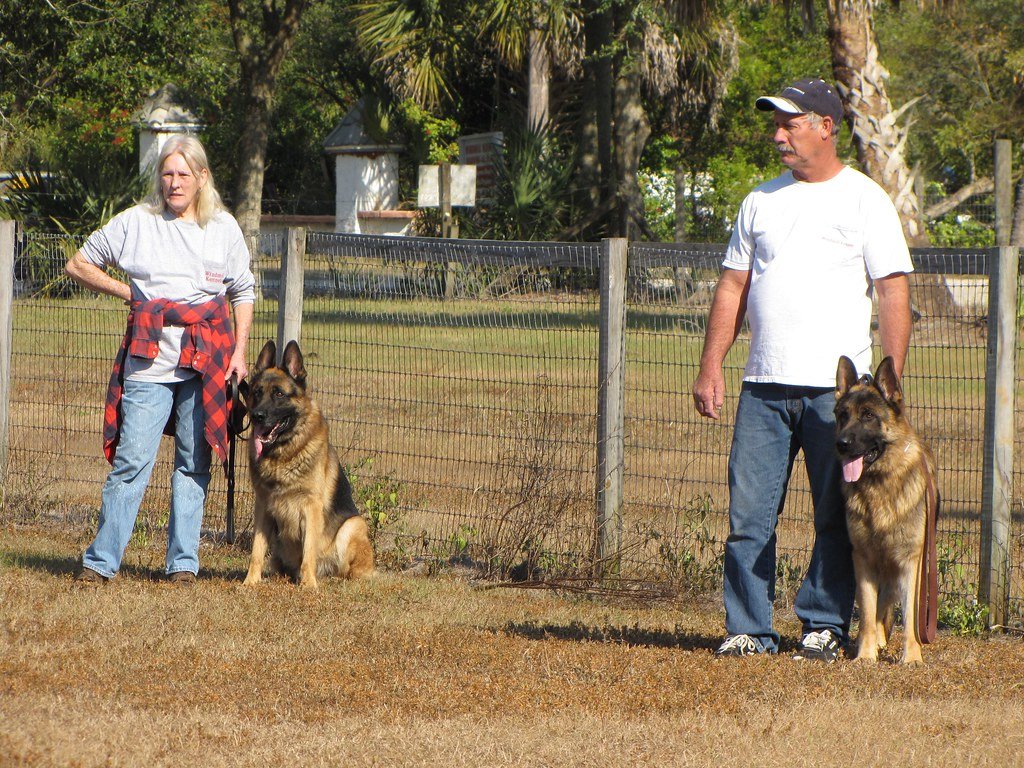
Research shows dogs trained with positive reinforcement learn new tasks faster and retain behaviors longer than those trained with punishment-based methods, creating stronger and more lasting learning effects. This means every positive interaction you have today pays dividends for years to come. Your patient, consistent approach now creates a dog who’s eager to learn and please throughout their entire life.
With positive reinforcement, anticipation of rewards motivates dogs to learn while helping build better relationships between dogs and owners. Think of it as compound interest for your relationship – small, consistent investments in positive interactions create exponential returns in trust, obedience, and companionship. The dog who trusts you completely is also the dog who comes running when called, settles calmly during vet visits, and brings you endless joy through their confident, happy demeanor.
Conclusion
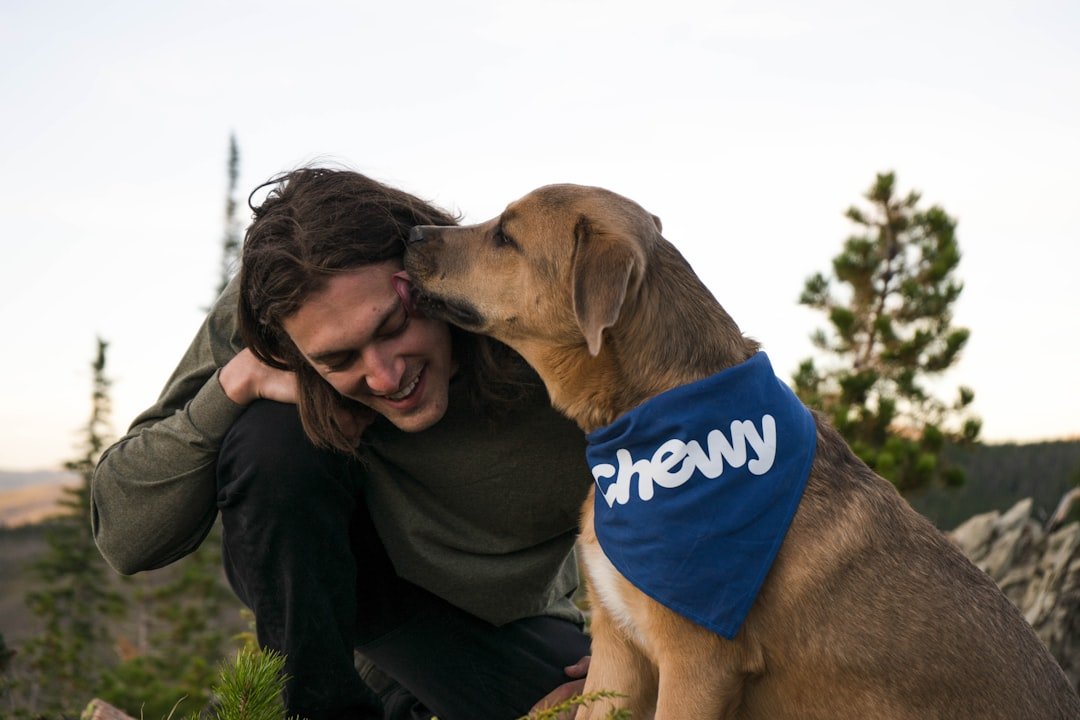
Building a loving bond with your dog through positive reinforcement isn’t just about creating a well-behaved pet – it’s about nurturing a relationship built on mutual respect, trust, and genuine affection. Every treat given at the perfect moment, every game played with enthusiasm, and every boundary respected creates another thread in the tapestry of your connection.
The beautiful truth is that positive reinforcement changes both of you. As your dog learns to trust and look to you for guidance, you become more attuned to their needs, more patient with their learning process, and more amazed by their capacity for love and loyalty. This journey transforms not just how your dog behaves, but how deeply you both experience the joy of true companionship.
Remember, every interaction is an opportunity to strengthen your bond. The next time your dog sits without being asked, or looks to you for reassurance in a new situation, you’ll see the fruits of your positive approach reflected in their trusting eyes. Isn’t that the kind of relationship every dog owner dreams of having?

Linnea is a born and bred Swede but spends as much time as possible in Cape Town, South Africa. This is mainly due to Cape Town’s extraordinary scenery, wildlife, and atmosphere (in other words, because Cape Town is heaven on earth.) That being said, Sweden’s majestic forests forever hold a special place in her heart. Linnea spends as much time as she can close to the ocean collecting sea shells or in the park admiring puppies.






